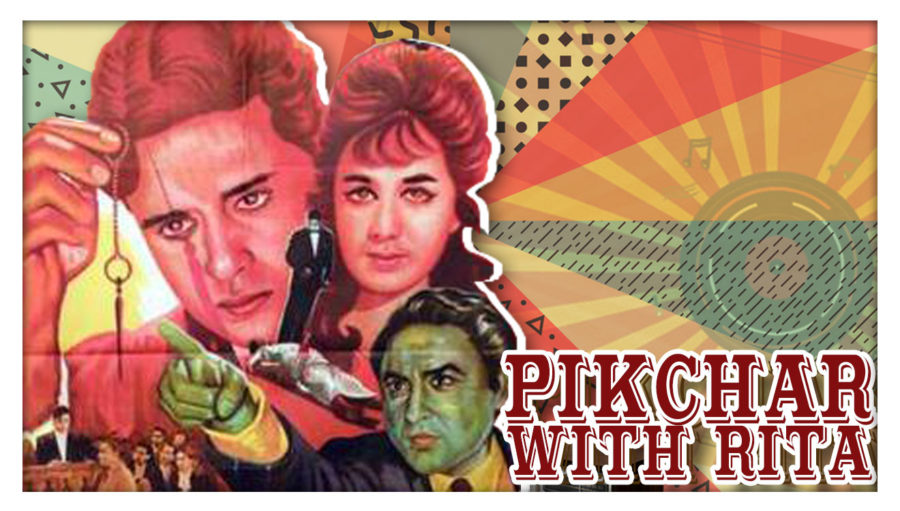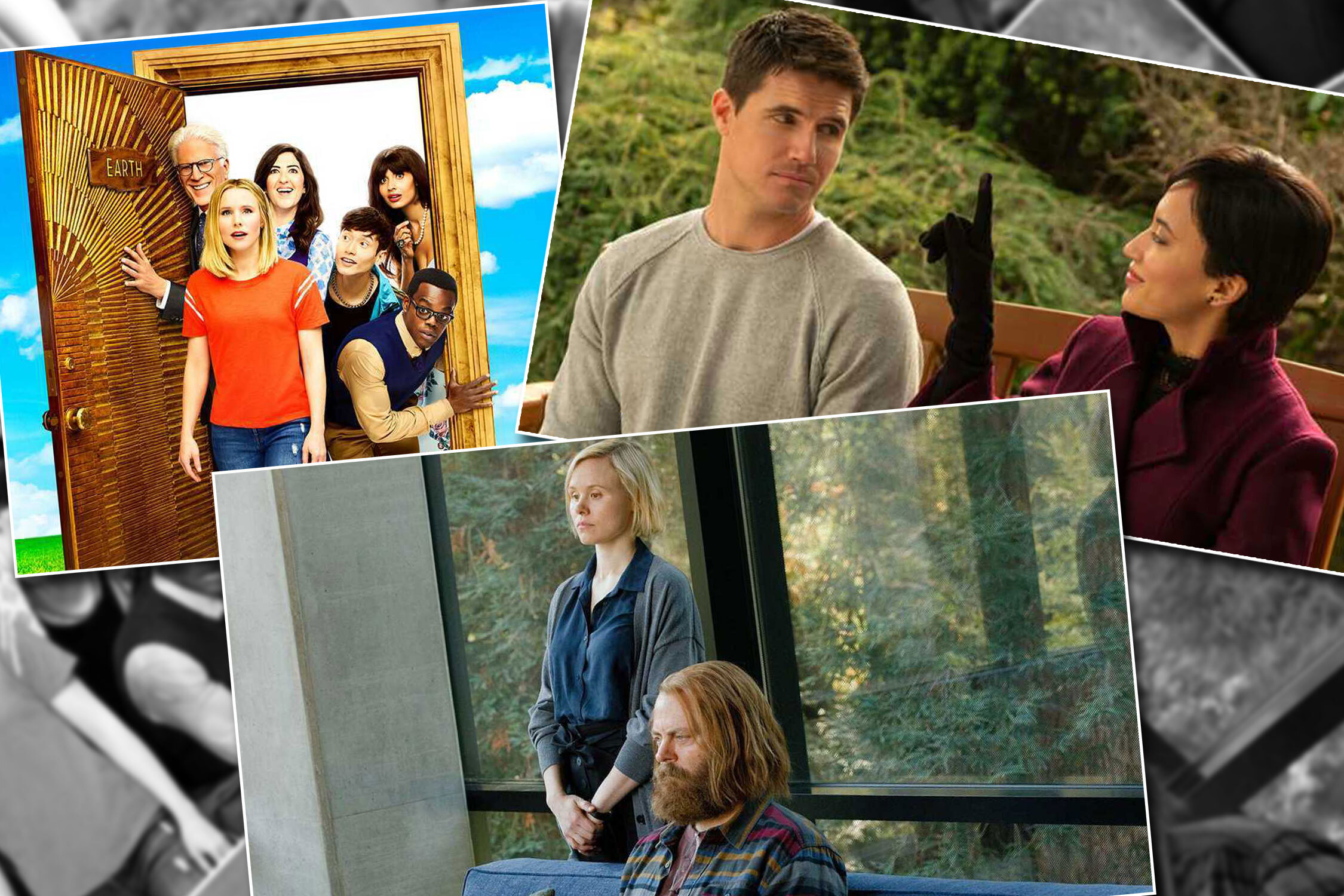If songs provide an afterlife to a film, the corollary is that some good films disappear in the mist of time if they do not have songs. One such film is BR Chopra’s Kanoon (1956).
The film has a quintessential mark of its director – new theme, great dialogues, larger-than-life characters, and a pressing need to address an ethical-moral question. In this case, with minimal sentimentalism. The film asks a very fundamental question: are humans being inherently flawed and therefore need legal systems or are legal systems punitive by mistrusting human beings? The question itself emerges from arguments around death penalty.
Three reputed judges mull over this as they sip coffee and smoke. Their discussion is transpired by a controversial and sensational case of double jeopardy. An innocent man accused wrongly of murdering someone (who was not dead) spent 10 years in prison. On being released from prison, he kills the man he was supposed to and challenges the court on its faulty verdict. While relating his plight and loss of time and face, he collapses in the court and dies.
The court has on its hands a miscarriage of justice and the enormity of its fallibility dawns upon the sitting judge Badriprasad (played by Ashok Kumar). While discussing this matter with his peers over coffee, Badriprasad conveys his ambivalence about court procedures, especially death penalty that leaves no room for the court to correct its own historical wrongs. He argues that if witnesses are compromised, leading to misjudgment, which then leads to capital punishment, does anyone deserve to be given life sentence or death by hanging? The man who was initially wrongly accused and hadn’t lived to tell his tale, how would the court have known of the murder it had committed? And how many such stories get told? The sensitive and circumspect judge is laughed at by his peers and an interesting premise begins at this point which sets the rest of the film in motion.
Partly a whodunnit and partly a court room drama, Kanoon keeps the spectator on the edge. A wager among the judges leads to an unfolding that we have never seen in cinema before or after.
A moneylender dies under suspicious circumstances. An impeccable and upright witness ‘sees’ a reputed citizen killing the moneylender. A poor robber gets caught in the process and becomes an easy target as a confirmed murderer for the court and the public prosecutor. All this while, the reputed citizen is tight lipped, looking concerned, engaged and unhappy, but not secretive. We are bewildered by his behavior, for we too ‘saw’ him, like the witnesses.
To that extent we are also the chashmadeed gawaah (eye witness) of this crime. The witness is a public prosecutor (played by Rajendra Kumar), who has decided to play the defense to save the poor robber from murder. A man of probity, he moves heaven and earth to do the right thing. The questions of what is right and moral and what is legal sometimes overlap, but at times depart in disturbing ways.
The film moblises legal arguments, moral positions, evidence real and manufactured, acts of witnessing and optical illusions – all this in the service to ask this fundamental question. How infallible can evidence be, how infallible can human being be? If we accept the essential fallibility, are we placed better to serve justice?
The film throws a serious challenge to the self-righteous nature of court procedures, urging it to recognise its limits and therefore acquire the humility to make timely correction.
This is only a barebone sketch and the film has more twists and surprises, which interestingly do not for a moment go their separate directions. The film spends much time in a court room. Unlike the easy cliches we associate with filmy courtrooms, Kanoon takes arguments seriously.
Recommended
We may wonder why should we bother watching this old black and white film now after 60 years. While we may not have sent anyone to a death row, we have pronounced enough confident verdicts on people who ought to be given life. We have also witnessed in our own times a swift deterioration of civic trust in the courts and judges. And to add to our crimes, we have mocked at popular cinema’s hammed treatment of court rooms, or murder mysteries, comparing them at their best and worst with Hollywood.
Kanoon reminds us that cinema has had a non-linear trajectory and our loose and easy judgements are specious. It also reminds us that in an earlier time when court proceedings were done in heavy doses of Persian, and the ‘membrane jury’ was part of its procedure, the Indian court room looked different. It may inspire some of us to watch Hindi court room films to see what story do they tell of both cinema and law.
Meanwhile, I wonder what the presence of a song would have done to this highly sophisticated film.



